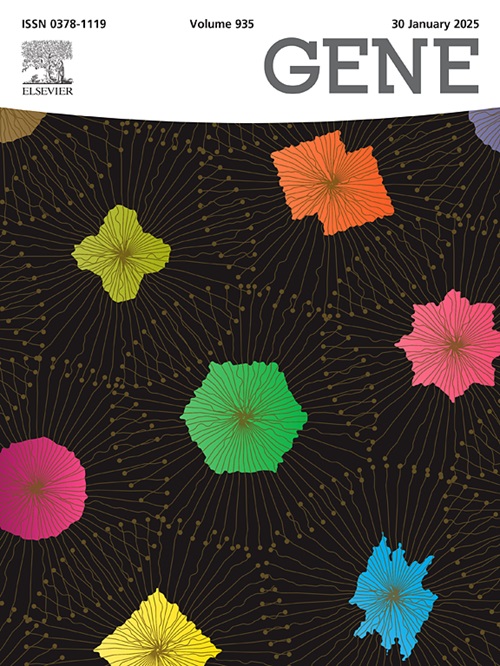Unravelling the role of extracellular vesicles in cervical cancer: Mechanisms of progression, resistance, and emerging therapeutic strategies
IF 2.6
3区 生物学
Q2 GENETICS & HEREDITY
引用次数: 0
Abstract
Cervical cancer remains a significant global health challenge, particularly in its advanced stages, where treatment resistance complicates effective management. Extracellular vesicles (EVs) are crucial mediators of tumor progression and resistance, primarily through the transfer of miRNA cargo. In cervical cancer, specific miRNAs, including oncogenic miRNAs such as miR-21, miR-221-3p, miR-486-5p, and miR-92a-3p are upregulated in both cells and EVs, promoting proliferation, migration, epithelial-to-mesenchymal transition (EMT), and immune evasion—all of which contribute to therapy resistance and an aggressive tumor phenotype. Conversely, tumor-suppressive miRNAs, such as miR-122-5p, miR-100, and miR-142-3p, are selectively exported from cancer cells via EVs, suggesting a protective mechanism by which cancer cells eliminate these tumor suppressors. This review focuses on the role of oncogenic and tumor-suppressive miRNAs within EVs and their implications for cervical cancer progression and treatment resistance. Additionally, it examines the dynamic interactions between the tumor microenvironment (TME) and EV cargo, as well as emerging EV-based therapeutic strategies. These include the encapsulation of chemotherapeutic agents within EVs, the use of anti-miRs to silence oncogenic miRNAs, the delivery of tumor-suppressive miRNAs, the inhibition of EV release, and the targeting of downstream miRNA-regulated proteins. While miRNA-based therapies remain in the early stages, they hold significant promise for overcoming treatment resistance and improving cervical cancer outcomes.
揭示细胞外囊泡在宫颈癌中的作用:宫颈癌的发展机制、抗药性和新兴治疗策略
本文章由计算机程序翻译,如有差异,请以英文原文为准。
求助全文
约1分钟内获得全文
求助全文
来源期刊

Gene
生物-遗传学
CiteScore
6.10
自引率
2.90%
发文量
718
审稿时长
42 days
期刊介绍:
Gene publishes papers that focus on the regulation, expression, function and evolution of genes in all biological contexts, including all prokaryotic and eukaryotic organisms, as well as viruses.
 求助内容:
求助内容: 应助结果提醒方式:
应助结果提醒方式:


